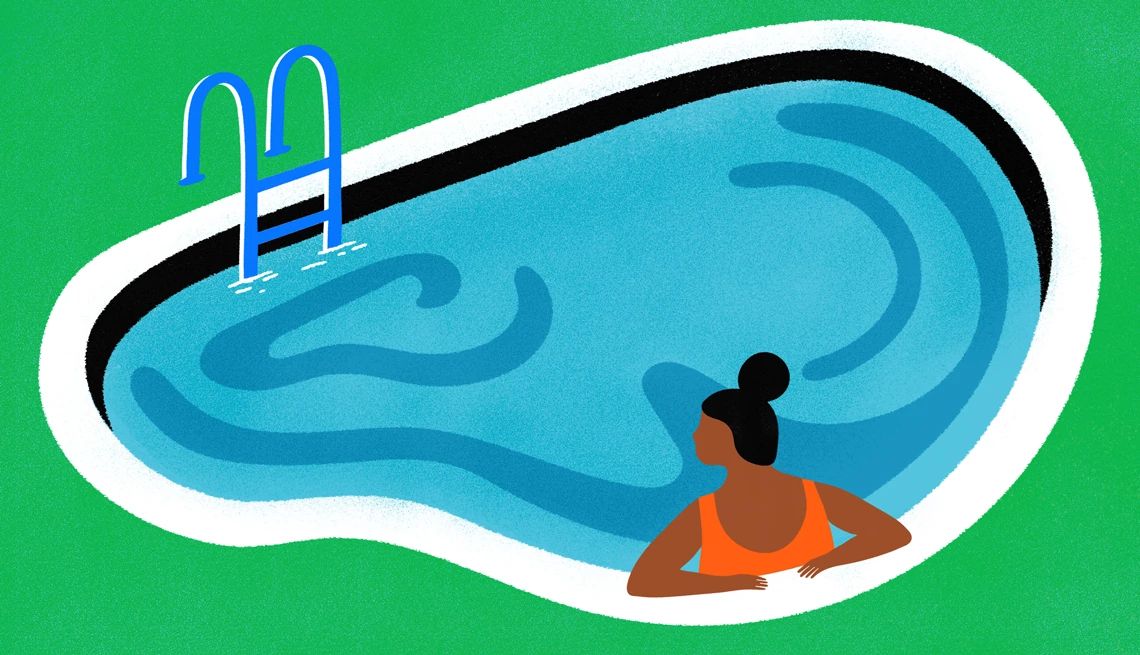AARP Hearing Center


One minute, I was floating in the ocean under a perfect blue sky, thrilled to be on vacation at last. The next moment, an enormous wave sent me tumbling head over heels.
The force of the wave trapped salt water in my left ear; I could feel it sloshing around. I hoped the water would work itself out on its own. Instead, I developed an excruciating case of swimmer’s ear, or otitis externa, an infection of the outer ear canal caused by water trapped behind wax in the ear canal.
The pain wasn’t limited to my ear, which felt like someone was stabbing it with a knitting needle. The glands in my neck also became swollen. The pain spread to my jaw and my teeth, making me feel as if I had just had my wisdom teeth pulled. Instead of looking for ice cream on the boardwalk, I wound up searching for the nearest urgent care clinic.
Although swimmer’s ear is more common in children, older adults have a higher risk of developing an ear infection or other complications from getting water trapped in their ears. And a bad ear infection can contribute to hearing loss.
Medical experts offer these tips to help prevent and treat swimmer’s ear before it ruins another vacation.
What should you do if you feel water in your ear?
People can often dislodge water by turning their heads to the side and pulling up and back on the cartilage of the ear, according to the Cleveland Clinic. Chewing gum or even yawning may also help.
You can also dry up the water with a hair dryer, says Angela Powell, an otolaryngologist — also known as an ear, nose and throat specialist, or ENT — and owner of Plattsburgh ENT in Plattsburgh, New York. Choose the cool or warm setting to avoid burning your skin. Use the blow dryer for about 30 seconds per ear when you’re done swimming for the day.
If these approaches don’t work, you can buy commercial ear drops designed for swimmer’s ear, says Neal Jackson, a surgeon who specializes in the ear and base of the skull and an associate professor of otolaryngology and neurosurgery at the Tulane University School of Medicine.
People also use an eyedropper and hydrogen peroxide to help dislodge the wax that keeps water trapped in the ear, says Maura Cosetti, director of the Ear Institute of the New York Eye and Ear Infirmary of Mount Sinai in New York City. She suggests squeezing a few drops of hydrogen peroxide in the ear three times a day.



































































Next in series
What Happens When Your Eardrum Ruptures?
You may not notice it, but you'll likely have symptoms and need treatment for it to heal.